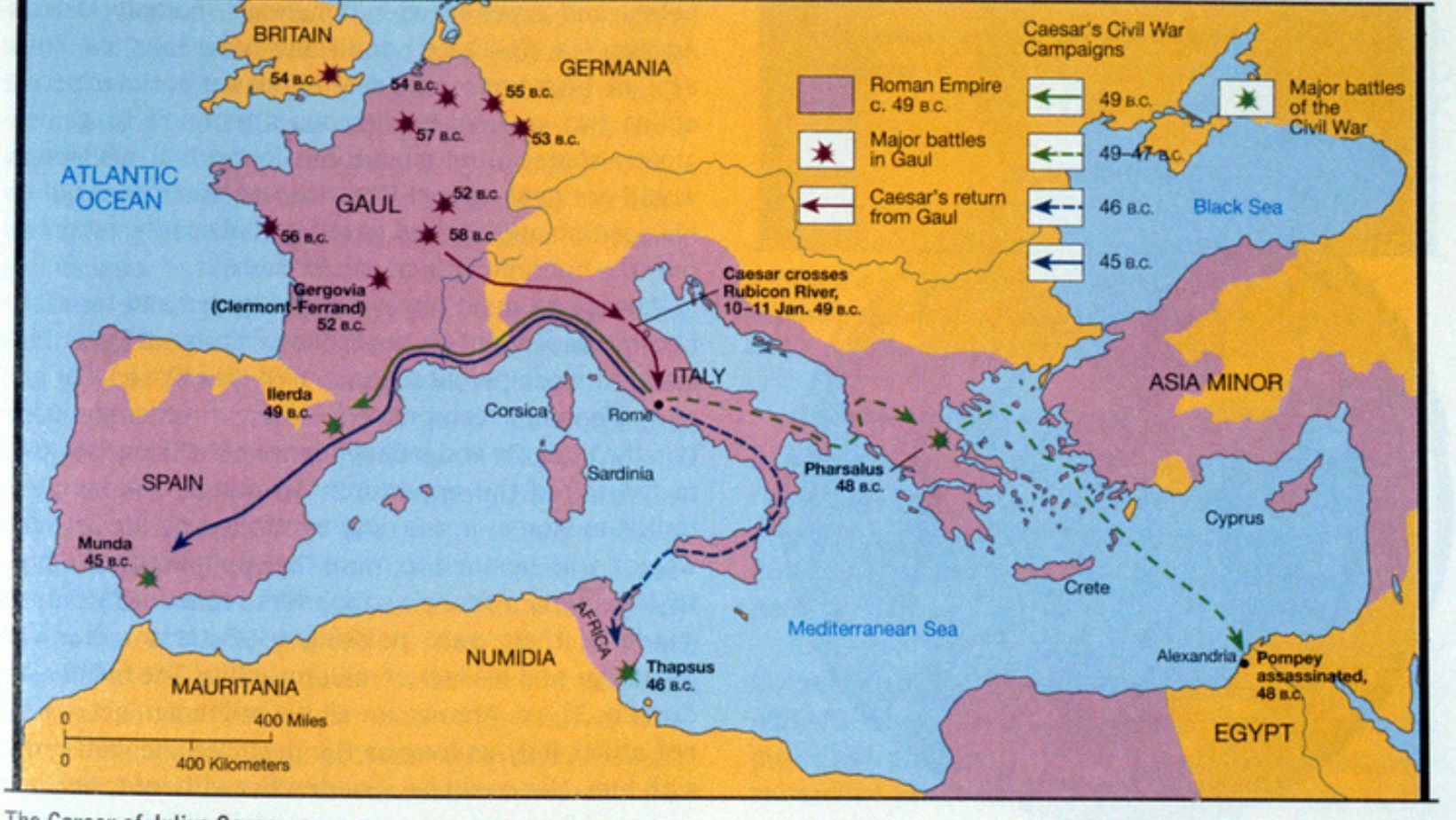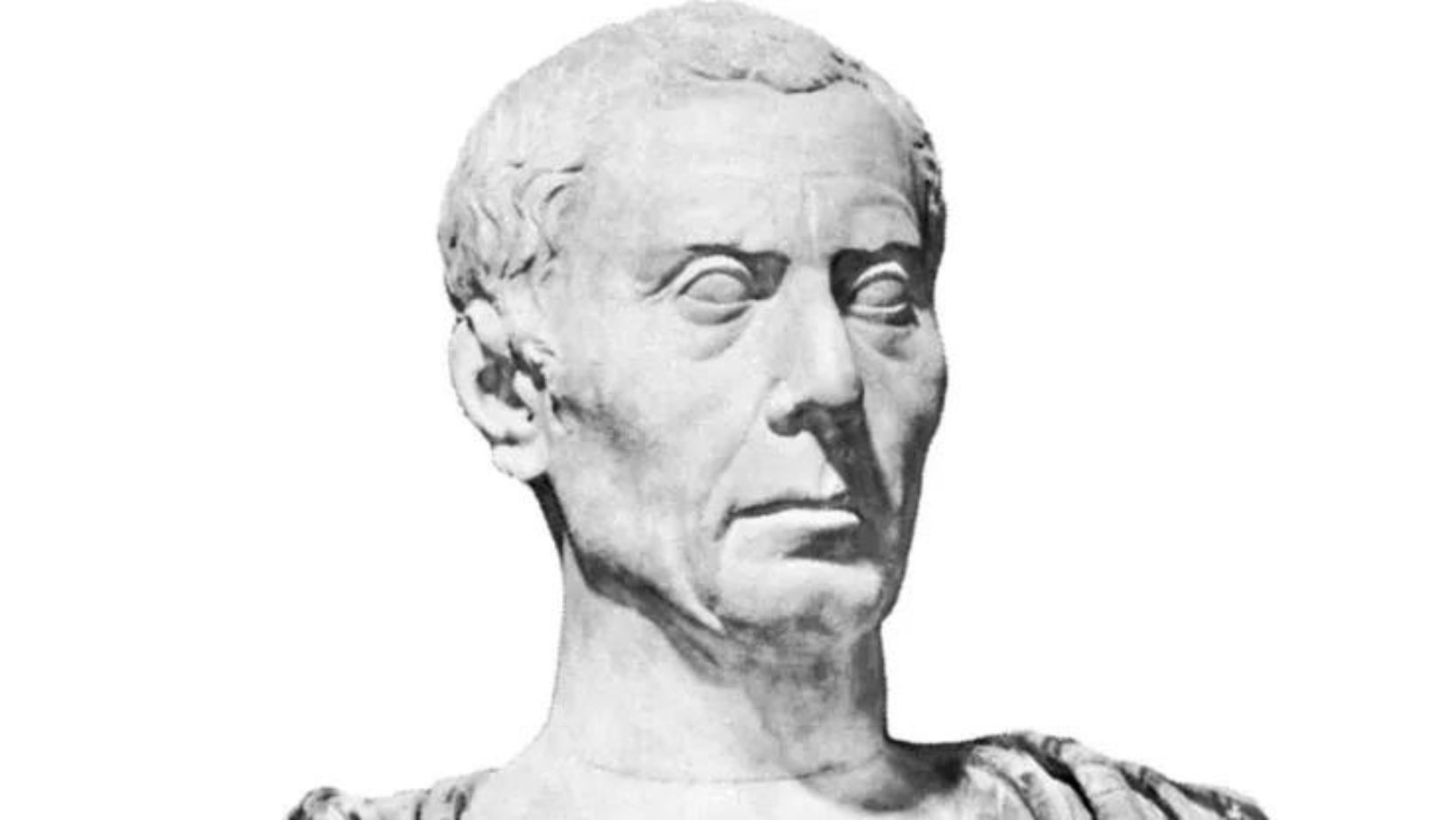48 BC. Julius Caesar and Pompey the Great, two titans of Rome, clash in a decisive battle near Pharsalus in Greece. The fate of the Roman Republic hangs in the balance in the Battle of Pharsalus Location.
You might’ve heard of this epic showdown, but do you know exactly where it happened? The Battle of Pharsalus location isn’t just a footnote in history; it’s a place where the course of Western civilization turned on a dime.
So, let’s transport ourselves back to that fateful day and explore the terrain that shaped one of the most consequential battles in ancient history. Trust me, you won’t want to miss this.
Table of Contents:
- Location of the Battle of Pharsalus
- Opposing Forces at Pharsalus
- Deployment and Battle Tactics
- Decisive Moments of the Battle
- Aftermath and Consequences
- Conclusion
Location of the Battle of Pharsalus: Battle of Pharsalus Location

The Battle of Pharsalus was a pivotal moment in history. But where exactly did it take place?
The exact location of the pharsalus battlefield has been debated by scholars for centuries. What we do know is that it happened about 25 miles northwest of modern-day Farsala, Greece.
Geographic Features of the Battlefield
The battle unfolded near the Enipeus River. Pompey’s forces held the high ground on the north bank, backed by the foothills of the Pindus Mountains.
This strategic position should have given Pompey a major advantage. But as we’ll see, he failed to capitalize on it.
Meanwhile, Caesar’s troops were deployed on the plains below. Their right flank was anchored by the river itself.
Strategic Positions of the Armies: Battle of Pharsalus Location
Pompey inexplicably descended from the high ground onto the plain on the day of battle. This decision would prove fateful.
Caesar’s army, though outnumbered, was battle-hardened and experienced from years of fighting in Gaul. They seized the initiative and pressed the attack.
The stage was set for an epic clash. Two great generals, two powerful armies, all converging on this patch of land near Pharsalus. Little did they know the impact this single battle would have on the course of history.
Opposing Forces at Pharsalus: Battle of Pharsalus Location
The armies that faced off at the Battle of Pharsalus were a study in contrasts. On one side, the seasoned veterans of Caesar’s legions. On the other, Pompey’s larger but less experienced troops.
Size and Composition of Caesar’s Army
Caesar’s army was the smaller of the two, numbering around 22,000 men. But what they lacked in numbers, they made up for in experience and loyalty to their commander.
The core of Caesar’s force was his battle-hardened legions from the Gallic Wars. These were troops who had been fighting together for years, forged into a cohesive fighting unit.
In addition to his infantry, Caesar also had about 1,000 cavalry under his command. Though outnumbered by Pompey’s cavalry, they would play a crucial role in the battle.
Size and Composition of Pompey’s Army: Battle of Pharsalus Location
Pompey’s army was nearly twice the size of Caesar’s, totaling around 45,000 infantry and 7,000 cavalry. However, many of these soldiers were fresh recruits from the eastern provinces.
Pompey also had troops from all over the Roman world, including legions from Syria and cohorts from Spain. But this diverse force lacked the unity and discipline of Caesar’s men.
Key Commanders on Each Side
The Battle of Pharsalus was a clash of two titans of the Roman world. Julius Caesar, the conquerer of Gaul, faced off against Pompey, his former ally and now rival.
Caesar’s subordinates included loyal officers like Mark Antony and Publius Sulla. These men were committed to Caesar’s cause and would fight fiercely for him.
On Pompey’s side were commanders like Titus Labienus, a former lieutenant of Caesar, and Metellus Scipio, Pompey’s father-in-law. But despite their experience, they could not make up for the divisions and doubts in Pompey’s camp.
Deployment and Battle Tactics: Battle of Pharsalus Location
As the armies deployed for battle, Pompey still held the advantage of numbers and position. But Caesar had a few tricks up his sleeve.
Pompey’s Deployment and Strategy
Pompey arrayed his forces in the traditional three lines, with his most experienced troops on the flanks. His right was anchored by the river, while his left was held by his cavalry and light infantry.
Pompey’s strategy was to let Caesar’s troops exhaust themselves attacking uphill, then send in his cavalry to outflank them. It was a sound plan, but it required precise timing and execution.
Caesar’s Deployment and Countermeasures: Battle of Pharsalus Location
Caesar also deployed in three lines, but he knew he had to neutralize Pompey’s cavalry advantage. He placed his own cavalry on his right, but behind them he concealed a line of infantry reserves.
When Pompey’s cavalry predictably charged, Caesar’s hidden troops surprised them and drove them from the field. With Pompey’s left flank now exposed, Caesar could press the attack.
Role of Cavalry in the Battle
Cavalry played a decisive role at Pharsalus. Pompey’s cavalry initially made headway against their outnumbered foes. But they did not expect Caesar’s hidden reserves.
Once Caesar’s cavalry regained the upper hand, they were free to attack Pompey’s left and rear. This caused Pompey’s lines to waver and then collapse.
Without his cavalry to protect his flanks or mount a counterattack, Pompey was doomed. The battle had turned on the actions of a few thousand horsemen.
Key Takeaway: Battle of Pharsalus Location
The Battle of Pharsalus happened about 25 miles northwest of modern-day Farsala, Greece. Pompey’s forces held the high ground near the Enipeus River but failed to capitalize on it. Caesar’s smaller, experienced army seized the initiative and pressed their attack from the plains below.
Decisive Moments of the Battle
The Battle of Pharsalus was a decisive engagement that changed the course of history. It all came down to a few key moments that turned the tide in Caesar’s favor.
Titus Labienus’ Cavalry Charge
Pompey had a massive advantage in cavalry, with nearly 7,000 horsemen led by Titus Labienus. Caesar knew this was a threat, so he held back eight cohorts behind his own meager cavalry force of just 1,000 men.
When Labienus charged, Caesar’s cavalry was quickly overwhelmed. But those hidden cohorts emerged at just the right moment, surprising Labienus’s horsemen and sending them scrambling for the hills. It was a brilliant move that neutralized Pompey’s biggest advantage.
“The unexpected resistance from Caesar’s infantry caused Labienus’s horsemen to flee in panic, disrupting Pompey’s entire battle plan.” – UNRV History
Caesar’s Personal Intervention
As the battle raged on, Caesar refused to stay on the sidelines. He rode among his troops, rallying them with his mere presence.
Caesar stood with his men in the thick of combat, leading from the front. His personal command and bravery inspired his legions to fight with unmatched determination.
“Caesar himself was everywhere, and noticed everything: with his presence and exhortation he sustained the troops.” – Caesar’s Civil War, 3.94
Collapse of Pompey’s Left Flank
The decisive moment came when Caesar committed his fresh troops from the third line. Pompey’s legions were already wavering under the relentless assault.
Then those cohorts that had routed Labienus smashed into Pompey’s exposed left flank. It was the final blow that caused Pompey’s lines to collapse entirely. The battle had been decided.
“Caesar’s fourth line, which he had formed from the six cohorts, wheeled round and attacked Pompey’s left wing from the rear. This was the decisive movement.” – Frontinus, Strategemata 2.3.22
These key moments showcase Caesar’s tactical genius and personal leadership. By neutralizing Pompey’s cavalry, leading from the front, and timing his reserve line perfectly, Caesar snatched victory from the jaws of defeat at the Battle of Pharsalus location.
Aftermath and Consequences
The aftermath of the Battle of Pharsalus was just as dramatic as the clash itself. In many ways, this decisive engagement was the point of no return for the Roman Republic.
Pompey’s Retreat and Eventual Fate
Pompey fled the battlefield, his dreams of victory shattered. He sought refuge in Egypt, hoping to gather support for a renewed war against Caesar.
But Pompey’s luck had run out. Upon arrival, he was betrayed and murdered on the orders of Pharaoh Ptolemy XIII. It was an ignominious end for a man who had once been hailed as the savior of Rome.
“Pompey’s death marked the end of an era. The old Roman Republic, already in its death throes, perished with him.” – Ancient History Encyclopedia
Caesar’s Consolidation of Power
With Pompey defeated and the Senatorial faction scattered, Caesar returned to Rome as the undisputed master of the Roman world. He moved swiftly to consolidate his grip on political power.
Caesar was appointed dictator, a title that granted him sweeping authority over the state. He used this power to enact a series of reforms that centralized control in his own hands.
“Caesar’s victory in the civil war marked a major turning point in Roman history. It set the stage for his rise to absolute power and the end of the Republic.” – Britannica
Impact on the Roman Republic
The Battle of Pharsalus was more than just a clash between two ambitious men. It was a watershed moment that fundamentally altered the course of Roman history.
Caesar’s victory spelled the end of the Roman Republic as it had existed for centuries. The old system of shared power between the Senate and the people gave way to a new era of one-man rule.
“The Battle of Pharsalus was the decisive engagement in the civil war between Julius Caesar and Pompey the Great. It was a turning point that led to the fall of the Republic and the rise of the Empire.” – ThoughtCo
In the end, the Battle of Pharsalus location proved to be the graveyard of the Roman Republic. It paved the way for Caesar’s dictatorship and the eventual rise of his great-nephew Octavian as Augustus, the first Roman Emperor. The aftershocks of this pivotal battle would shape the destiny of Rome and the Western world for centuries to come.
Key Takeaway: Battle of Pharsalus Location
Caesar’s strategic genius at the Battle of Pharsalus neutralized Pompey’s cavalry, inspired his troops, and led to a decisive victory. This battle marked the end of the Roman Republic and set Caesar on a path to absolute power.
Conclusion: Battle of Pharsalus Location
The Battle of Pharsalus location, situated in the heart of Greece, set the stage for a monumental shift in Roman history. Its strategic position, with Pompey on the high ground and Caesar in the plains below, seemed to favor Pompey’s larger army.
But Caesar’s tactical genius and the bravery of his veteran legions turned the tide. The battle’s outcome, decided by key moments like Labienus’ cavalry charge and Caesar’s personal intervention, sealed the fate of the Roman Republic.
Today, the Battle of Pharsalus location stands as a testament to the pivotal role geography plays in military history. It’s a reminder that even against the odds, leadership, strategy, and courage can reshape the world. Pretty mind-blowing, right?

